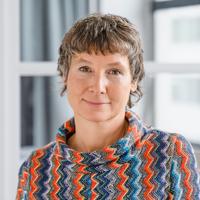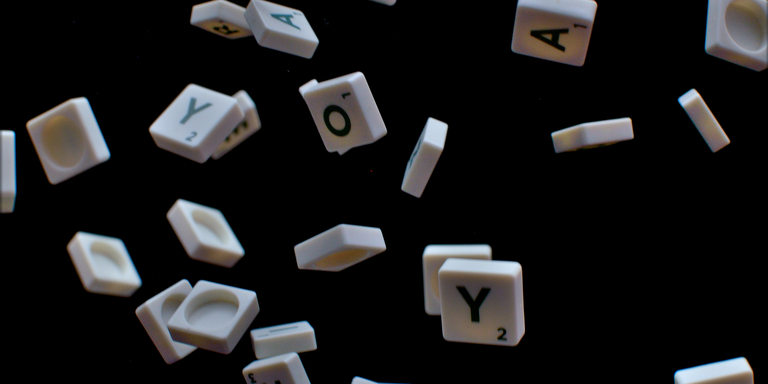

Easy language
Writing texts in plain language is more than just using simple words. Our trained team will guide you step by step in breaking down communication barriers: To do this, we work with you to identify the key messages and translate them in accordance with the rules for plain language.
Open up your communication to an extended target group: plain language is a very easy-to-understand language that is particularly aimed at people with learning difficulties - but which also benefits other target groups. The aim is to simplify the essence of a message as much as possible in order to make it accessible to as many people as possible.
Easy language communication offer
We translate texts into plain language, i.e. we condense your text to its core statements and translate them according to the rules of the German Association for Plain Language. An external review group consisting of three people with learning difficulties then tests the translated text for comprehensibility.
Easy-to-read language originated from the self-help organisation for people with intellectual disabilities and is primarily intended to facilitate access to information and communication for people with cognitive disabilities or learning disabilities. The aim is to convey written information with as low a threshold as possible. There are various rules for this, such as formulating short sentences or not using foreign words.
For some areas, content in plain language is even required by law, for example for public authorities or social insurance organisations. But plain language can also be useful beyond this - for example, if your addressees come from countries where other languages are spoken or your content is (also) aimed at people with dementia.
Converting from "difficult" to plain language cannot be compared with conventional translations: Information is condensed and only the most important statements are emphasised. This is because facts and words that are often assumed to be familiar first have to be explained for the target group of cognitively impaired people. If everything were translated, texts in plain language would be very long - but texts that are too long are a barrier.
Removing barriers - enabling participation
The terms plain language and simple language are often used interchangeably. However, experts differentiate between the two terms: simple language has no fixed rules and varies in difficulty depending on the target group. The "European Framework of Reference for Languages" is often used as a rough guideline: According to this, easy language corresponds to level A1, simple language to levels A2-B1.
The very reduced plain language creates more political, cultural and legal participation and also expands the target group, as addressees such as senior citizens or people with little knowledge of German also benefit from easily presented content.
The four steps to your translation
Do you have texts that you would like to offer in plain language? Contact us - our experts will convert your contributions into plain language in accordance with the regulations.
This is how we proceed:
Core statements: We will then check the text first, i.e. we will look at the length of the text, work out the core statements and consider what information is important for the translation into plain language and what needs to be explained separately. The fundamental question is: What do the readers need to understand in any case?
First translation: Easy-to-read language changes your text: Perhaps the order of the information is now different or non-essential information is now missing. This is based on the fact that in plain language, the most important statements are always at the beginning and the texts should be short so that they are easier to read.
Feedback: Now you have another opportunity to give feedback - an open communication culture is just as important to us as your satisfaction with the text.
Check: Easy-to-read language not only uses a reduced vocabulary - it also uses a special form: The text is formatted, important words are emphasised and images are added. The text is then checked by a group of three people with learning disabilities. The translation is now ready in accordance with the prescribed set of rules and you can publish it in your easy-to-read website.